EPM5700: Research Proposal on Quality Management in IT Projects
VerifiedAdded on 2023/02/01
|5
|836
|92
Project
AI Summary
This research proposal examines quality management within the IT project management industry. The study investigates the impact of documentation on quality management, the role of information technology in understanding client needs, and the evaluation of existing software solutions. It explores the research questions around how available software supports project processes, understands quality necessities, and promotes commitment to quality. The methodology involves secondary data analysis of prior reviewed articles, using qualitative data to interpret, analyze, and evaluate evidence from various sources such as journal articles and academic books. The project is planned over two months, involving determining research questions, locating and evaluating data, assessing data credibility, and analyzing outcomes through statistical processes. The proposal aims to understand and improve quality management practices in IT project management, leading to more effective project outcomes. The research also considers the importance of user engagement, internal environment, and the seamless integration of information systems for maximum efficiency and effectiveness in IT projects.
1 out of 5
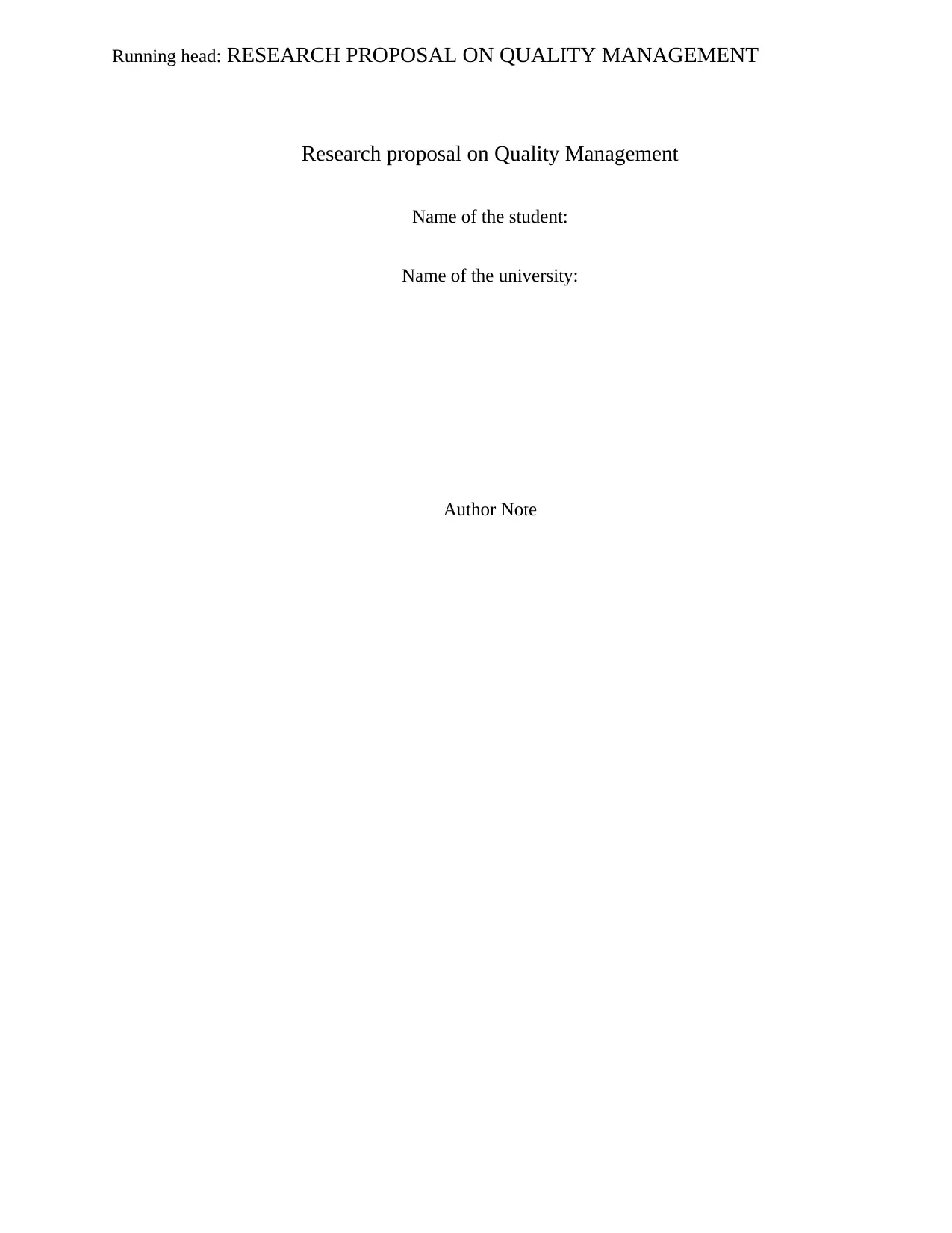
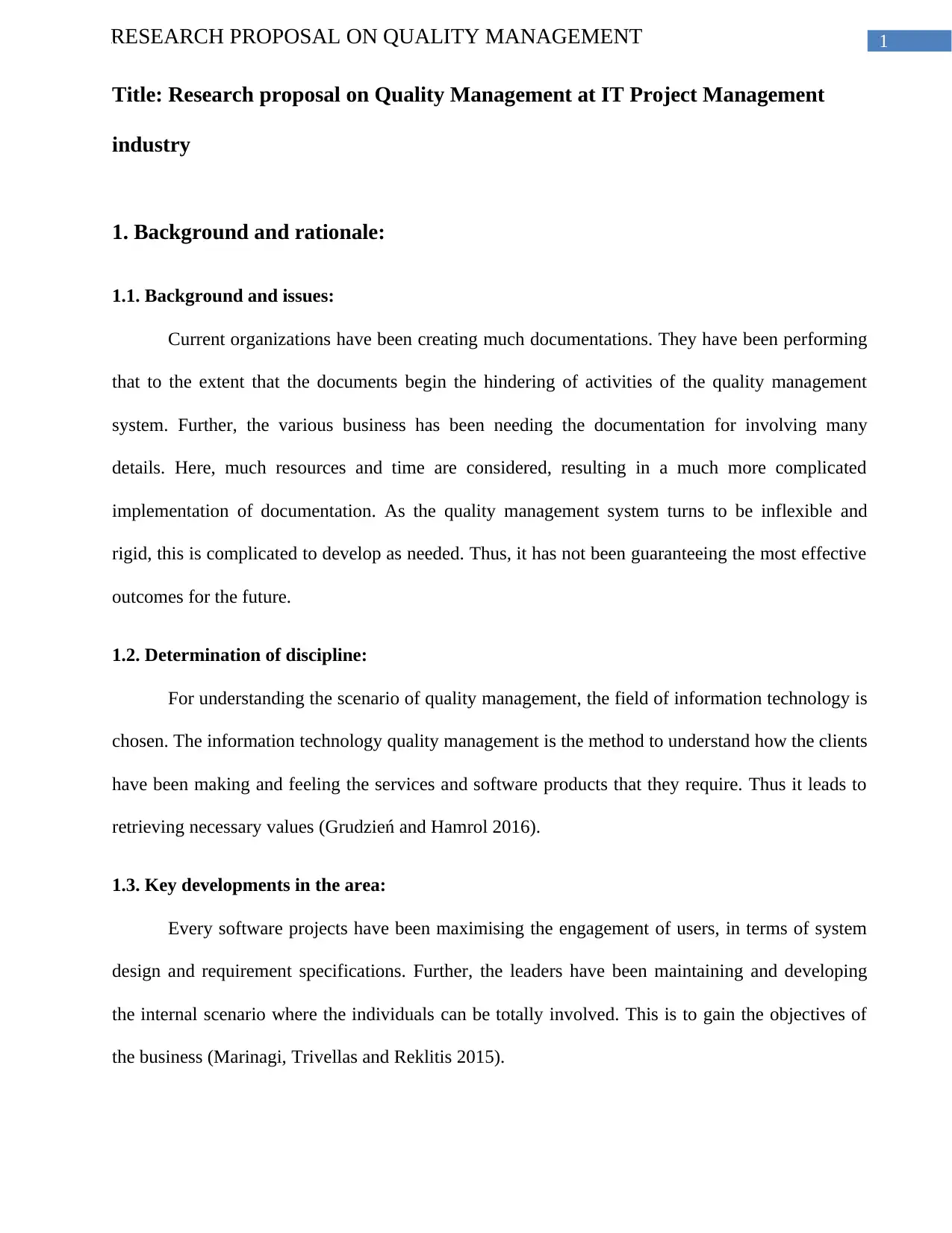
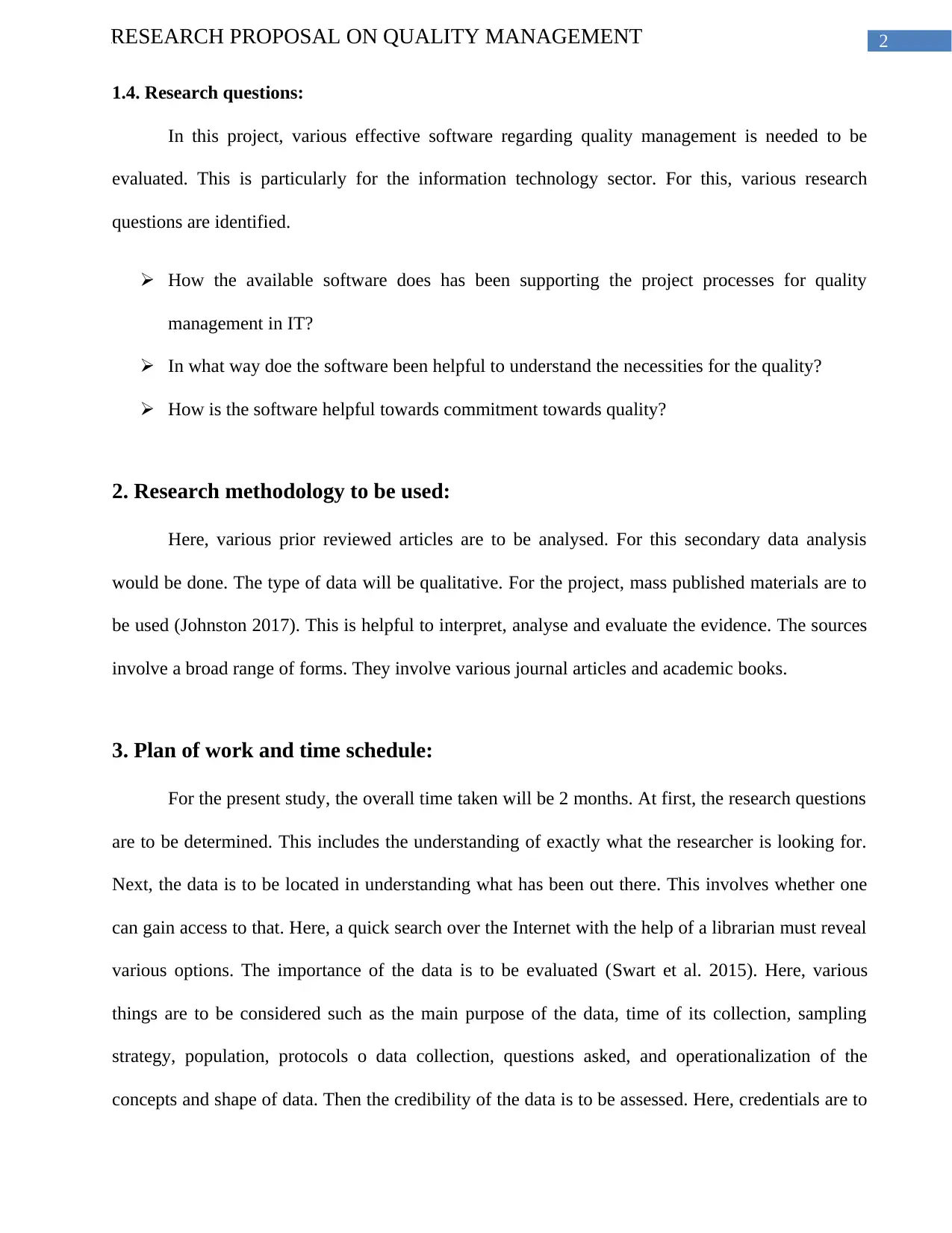

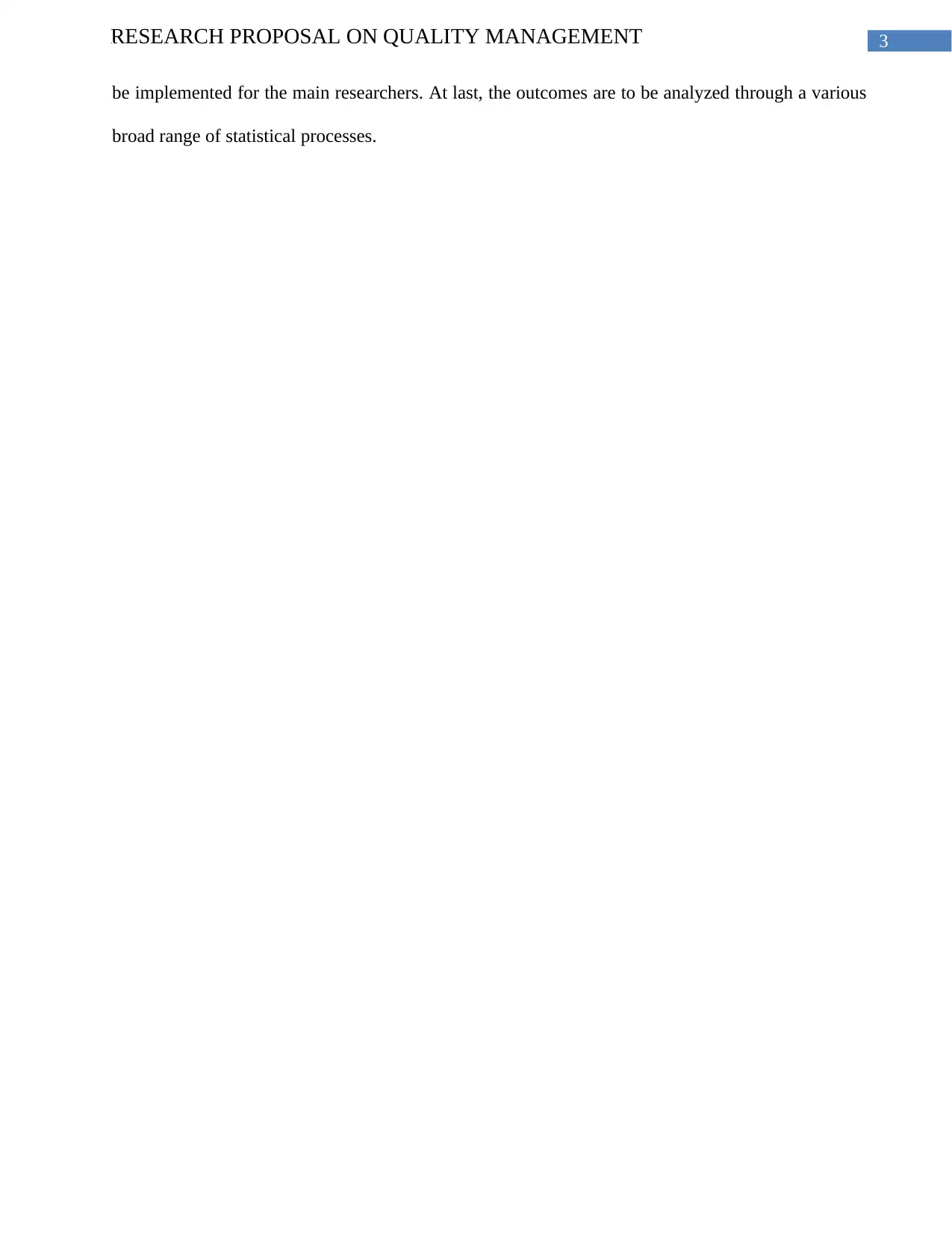
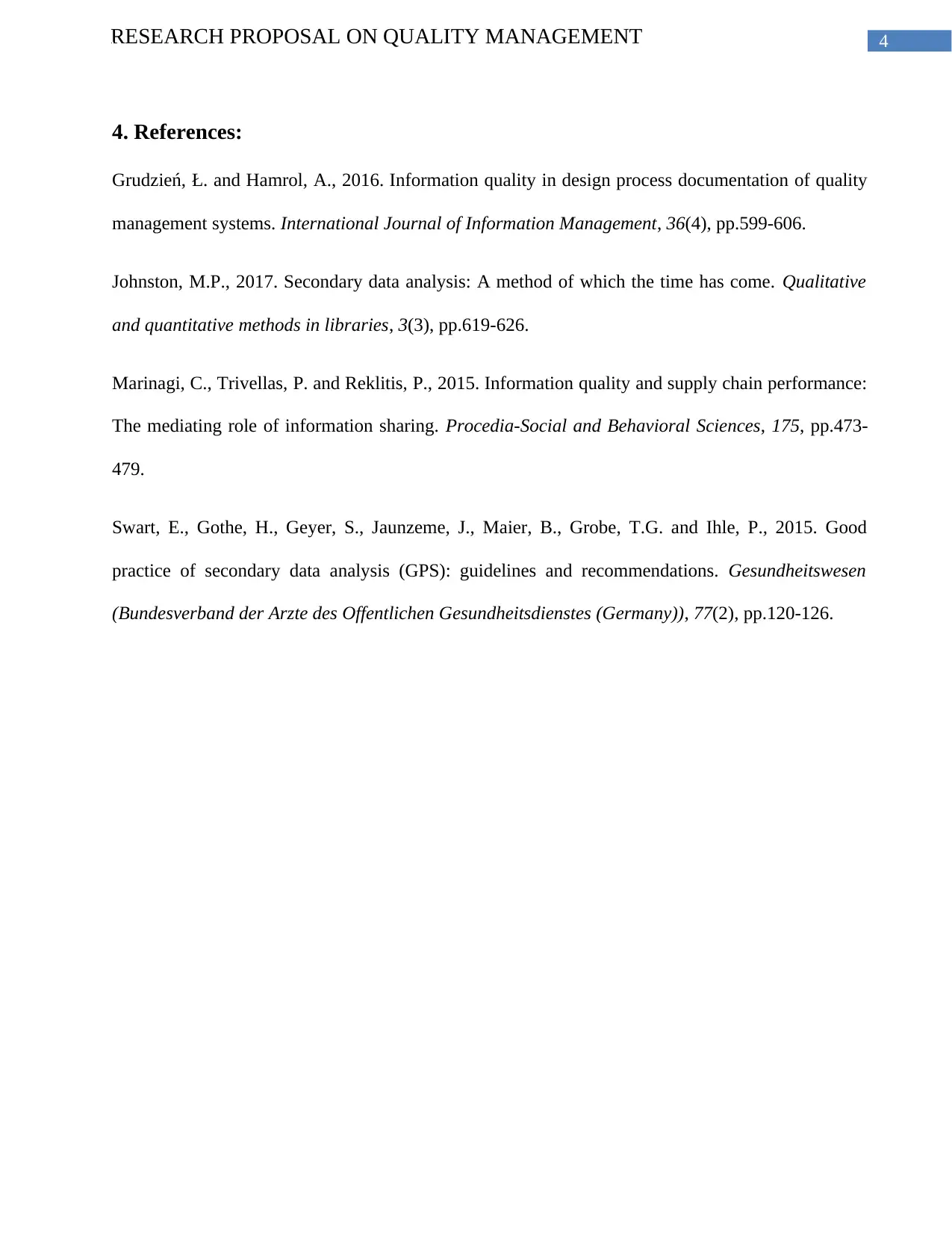




![[object Object]](/_next/static/media/star-bottom.7253800d.svg)